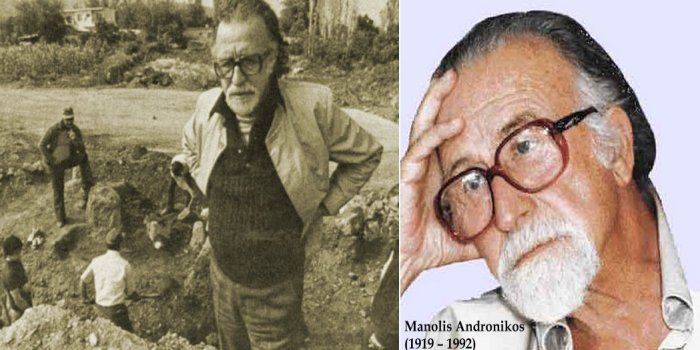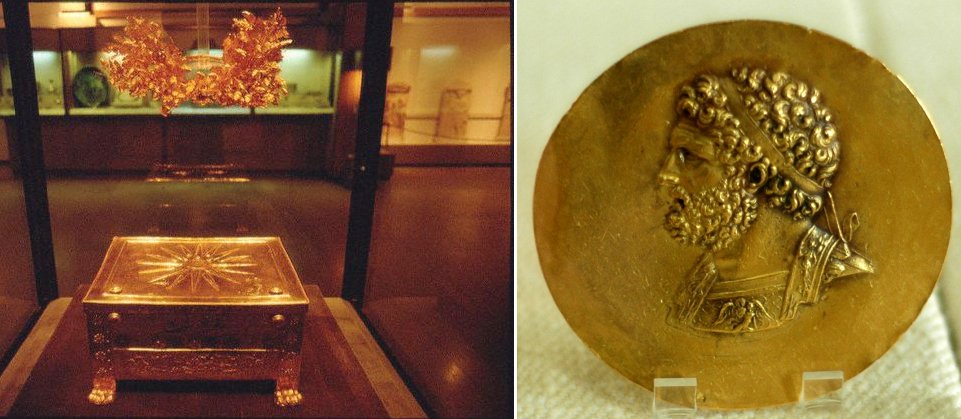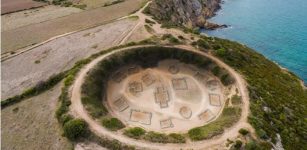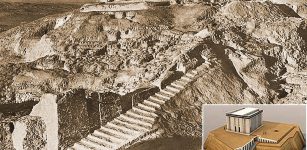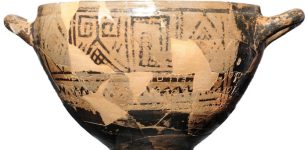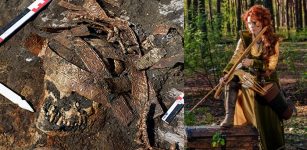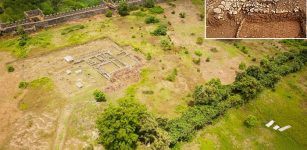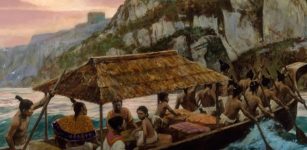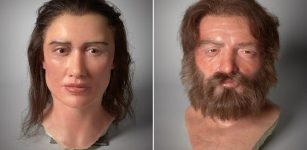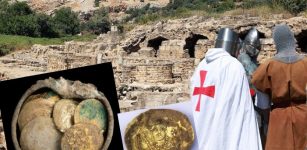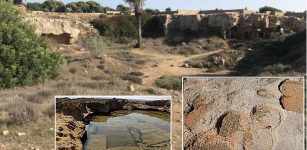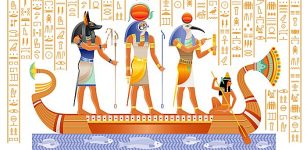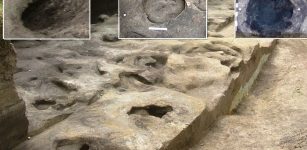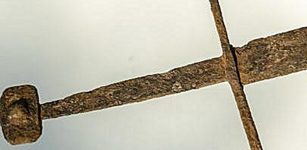On This Day In History: Greek Archaeologist Manolis Andronikos Who Discovered Tomb of Philip II of Macedon, Was Born – On Oct 23, 1919
AncientPages.com - On October 23, 1919, Manolis Andronikos, a Greek archaeologist, was born. Andronikos discovered the tomb of Philip II of Macedon, the father of Alexander III the Great.
He was born in Bursa, Turkey and later moved to Thessaloniki, Greece, with his family.
He studied philosophy at the Aristotle University of Thessaloniki and, in 1952, became a professor of Classical Archeology at this university.
He also continued his studies at Oxford University with professor Sir John D. Beazley (1954–1955). He returned to the Aristotle University of Thessaloniki in 1957, where he taught Archeology first as an instructor and later (1964) as a professor.
His most significant discovery occurred in the autumn of 1977 when he found a tomb at Vergina in Macedonia, which he identified as that of Philip II of Macedon. The burial was unplundered and contained many works of art of fantastic richness and exquisite craftsmanship at Vergina in Macedonia, such as a golden larnax (image above).
Left: The Golden Larnax (Chrysi Larnaka) (with the Sun of Vergina on the lid) that contains the remains (bones) from the burial of King Philip II of Macedon and the royal golden wreath. Formerly located at the Thessaloniki's Archaeological Museum, Thessaloniki Greece, now (since 1997) displayed at the underground museum stage of Verghina, inside the Great Tumulus. Image credit: :Dimboukas - Public Domain; Right: Niketerion (victory medallion) bearing the effigy of king Philip II of Macedon, 3rd century AD, probably minted during the reign of Roman Emperor Alexander Severus - Public Domain
The finds from this tomb were later included in the traveling exhibit "The Search for Alexander," displayed in four cities in the United States from 1980 to 1982.
He suggested that the tomb's occupant was probably Philip, son of Amyntas, king of the Macedonians, which created an understandable sensation and aroused worldwide interest. The discovery was of great archaeological importance. However, the identification of the tomb with Philip has been debated by some archaeologists.
He lived permanently in Thessaloniki and died on March 30, 1992.
AncientPages.com

